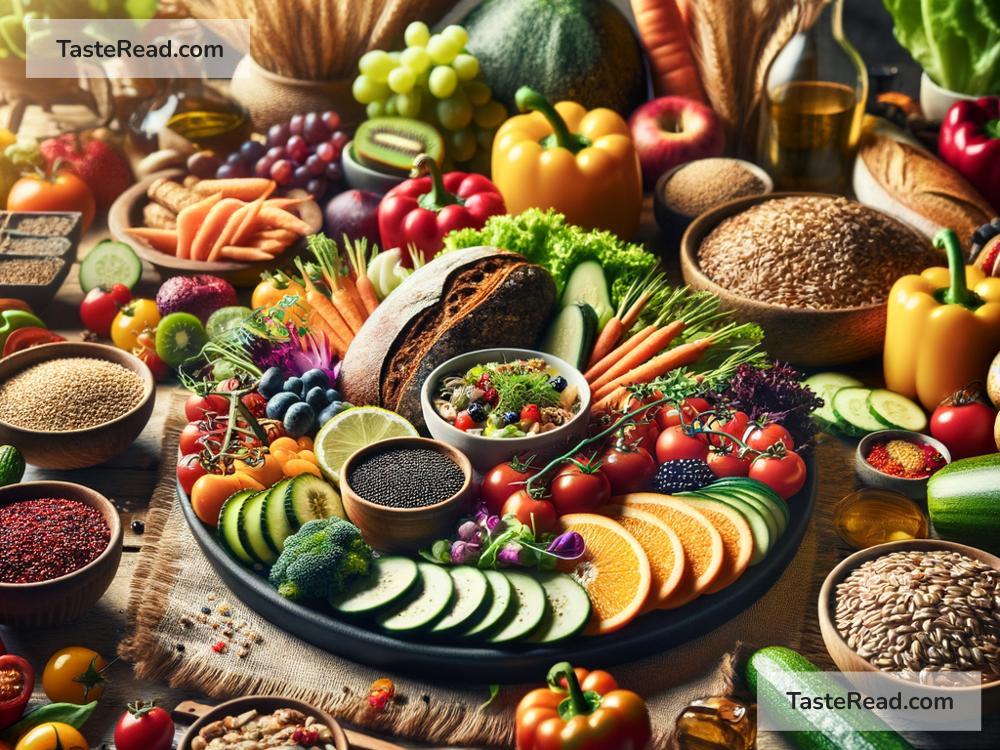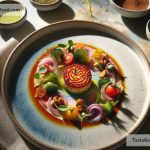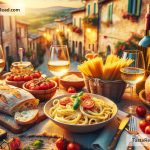How to Use Food Photography for Visual Storytelling
Food photography is more than just snapping pictures of what’s on your plate. It’s an art form that, when done right, can tell a story that’s as rich and enticing as the food itself. Whether you’re a blogger, a chef, or just someone who loves food and photography, understanding how to use food photography for visual storytelling can transform your images from simple shots to captivating narratives. Here’s how you can start that transformation.
1. Find Your Story
Before you even pick up your camera, think about the story you want to tell. Is it about the joy of summer picnics, the warmth of family dinners, or the adventure of exploring exotic cuisines? Your story will guide every decision, from the food you choose to photograph, to how you style and shoot it. Make it personal, make it unique, and make it something that speaks to your audience.
2. Focus on the Details
Details are the secret ingredients of visual storytelling. The way a drop of honey drips off a spoon, the steam rising from a hot bowl of soup, or the intricate patterns on a freshly baked pie crust can evoke feelings, memories, and even smells. These details draw viewers into the picture, encouraging them to linger and explore the story you’re telling. So, don’t rush. Take time to observe and capture the small things that make your subject special.
3. Play with Light
Lighting is crucial in photography, and in food photography, it can dramatically impact the mood of your story. Soft, natural light can create a feeling of warmth and comfort, while harsh, contrasting light can add drama and intensity. Play with different lighting setups to see how they change the story of your photo. Remember, the best light for food photography is often indirect daylight – it’s flattering, and it’s free!
4. Composition is Key
How you arrange the elements in your photo can either make or break your story. Utilize the rule of thirds to create interesting and balanced compositions. Consider the placement of your main dish, the cutlery, and any other props. Use lines and shapes to guide the viewer’s eye through the photo. And don’t be afraid to experiment with different angles – sometimes, a story is best told from above, other times from the side, or even close up.
5. Set the Scene
Your backdrop and props are like the setting and characters in a story. They set the context and add depth to your narrative. A rustic wooden table, a sleek marble countertop, or a brightly colored tablecloth can suggest very different settings for your food story. Similarly, choosing props that complement the food can help reinforce the story you’re trying to tell – whether it’s vintage kitchenware for an old-fashioned recipe or sleek, modern utensils for a cutting-edge culinary innovation.
6. Edit for Mood
Once you’ve captured your images, editing can further refine the story you’re telling. Adjusting the brightness, contrast, saturation, and sharpness can enhance the mood and highlight the key elements of your story. Use editing software or apps sparingly – the goal is to enhance the natural beauty of your subject, not to transform it into something unrecognizable.
7. Practice, Practice, Practice
Like any form of storytelling, mastering visual storytelling in food photography takes practice. Experiment with different techniques, try telling different kinds of stories, and don’t be discouraged by failure. Every shot you take is a learning opportunity.
8. Engage with Your Audience
Finally, remember that storytelling is a two-way street. Share your photos and stories with others, and listen to their reactions. Engage with your audience on social media or your blog, and take their feedback to heart. Over time, you’ll learn what resonates with people and refine your storytelling skills.
Food photography as visual storytelling is a powerful way to connect with people. It’s not just about showing them what a dish looks like; it’s about making them feel something. With these tips, you’re well on your way to capturing not just the beauty of food, but the stories that make it meaningful. So go ahead, pick up your camera, and tell the stories that only you can tell. Happy shooting!


